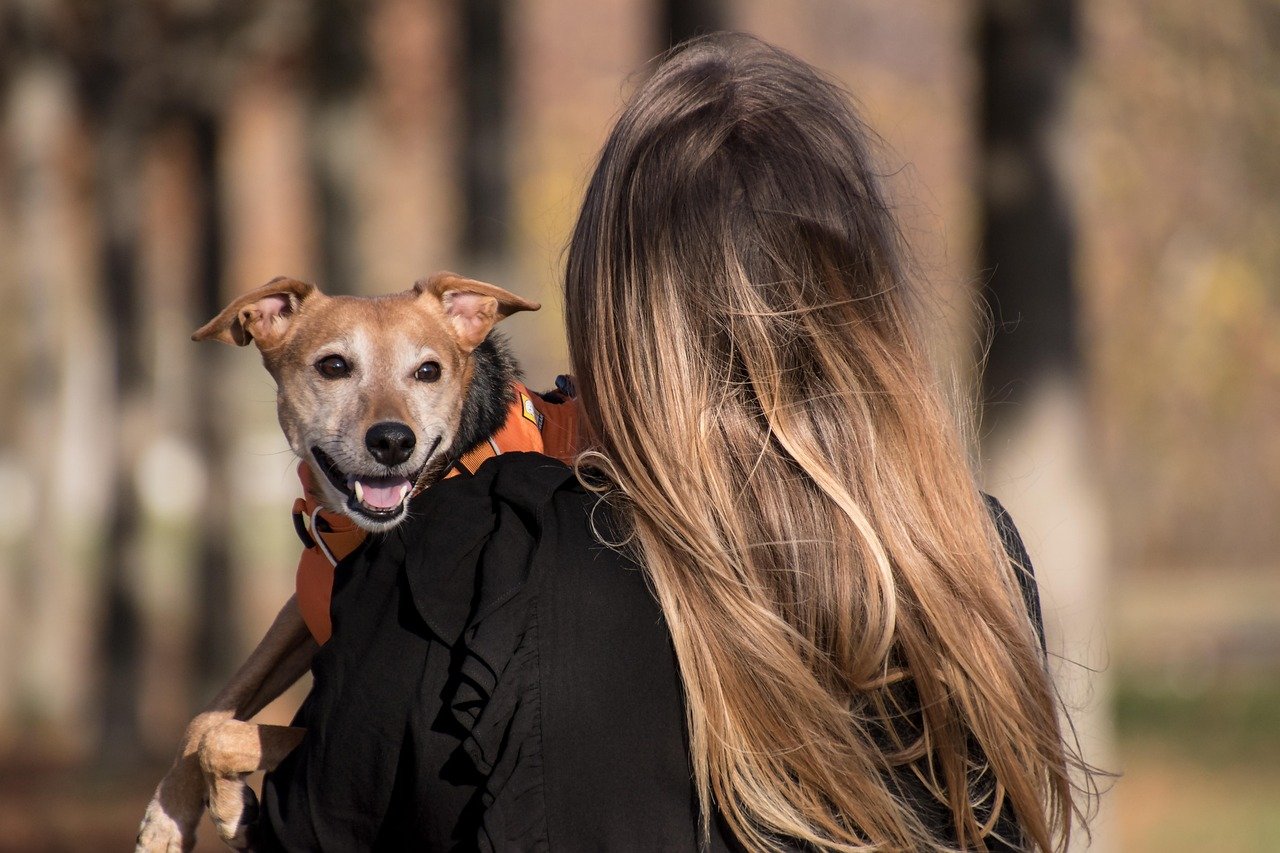Have you noticed your dog looking a little bored, anxious, or extra clingy lately? It might be their way of telling you they need a companion. Dogs are naturally social creatures, and while some are perfectly content as solo pets, others genuinely crave the company of another four-legged friend. A second dog can help reduce loneliness, ease separation anxiety, and even improve your pup’s overall behavior and happiness. Just make sure to consider your dog’s temperament, energy level, and how well they interact with others before making the leap—because the right match can make all the difference!
Changes in Behavior: Spotting the Subtle Signals
Dogs rarely come right out and say, “Hey, I need a buddy!” Instead, they communicate through changes in their behavior. Has your dog suddenly become more withdrawn, restless, or even started acting up when you’re not around? These shifts can be clues. For example, a previously well-behaved pup who starts chewing shoes or barking at every little sound might be feeling the sting of loneliness. Sometimes, these behaviors are easy to overlook, but paying attention to these subtle changes can speak volumes about your dog’s emotional needs.
Excessive Barking or Whining: Crying Out for Company

If your dog has started barking or whining more than usual, especially when left alone, this could be a cry for companionship. Dogs are social animals by nature, and being by themselves for long stretches can make them anxious. Imagine a child calling out for their friends at the playground—dogs do the same, but in their own vocal way. Persistent vocalization is not just noise; it’s a way of expressing their need for social interaction.
Destructive Behavior: More Than Just Mischief

A bored or lonely dog will often find their own ways to pass the time, which can include tearing up cushions, digging holes, or shredding paper. While some dogs are naturally a bit mischievous, a sudden spike in destructive behavior may signal deeper emotional needs. Think of it as your dog’s way of saying, “I need something—or someone—to keep me busy!” Destructive acts are often desperate attempts to cope with loneliness, and a companion might just provide the stimulation they crave.
Clinginess and Over-Attachment: When Your Dog Won’t Leave Your Side
Some dogs cope with being alone by becoming especially clingy when their owners are home. Does your dog follow you from room to room, never wanting to let you out of their sight? While it’s heartwarming to be so adored, this level of attachment may indicate your dog is struggling with loneliness when you’re not around. Imagine being someone’s whole world and then vanishing for hours—having a doggy friend could help ease this anxiety and spread the love.
Loss of Interest in Play: The Lonely Pup Syndrome
Has your once playful pup lost interest in toys or games? If your dog seems less enthusiastic about playtime, it could be a sign they’re feeling down. Just like people, dogs can lose their spark when they lack social interaction. This change is often gradual, making it easy to miss. A fellow canine companion can reignite their passion for play, bringing back the joy and excitement that once filled their days.
Appetite and Sleeping Changes: The Quiet Warnings

Dogs can show emotional distress through their eating and sleeping patterns. Some might lose their appetite, picking at their food or skipping meals altogether. Others might sleep more than usual, using naps to escape boredom or sadness. These quiet shifts are sometimes mistaken for physical health issues, but they can also stem from emotional loneliness. A new friend could help restore their normal routines and zest for life.
Improved Mood Around Other Dogs: Telltale Signs in Social Settings

Pay close attention to how your dog reacts when they meet other dogs. Do they light up, wag their tail, and seem genuinely happier in canine company? Dogs who thrive during playdates or walks with other pups are often showing you how much they value companionship. Their joyful energy around other dogs can be a clear indicator that a permanent playmate at home would be a welcome addition.
Separation Anxiety: When Goodbyes Become Too Hard

Some dogs experience severe separation anxiety, becoming distressed when you leave. This can manifest as pacing, drooling, or even attempts to escape. While not every case of separation anxiety will be solved by adding another pet, many dogs find comfort in having a companion. It’s like having a sibling to lean on during tough times—sometimes, just knowing they’re not alone is enough to calm their nerves.
Your Lifestyle and Schedule: The Human Factor

A key part of deciding if your dog needs a companion is honestly assessing your own routine. Are you gone for long hours each day? Do work or family obligations keep you out more than you’d like? If your dog spends much of their life waiting for you to return, a second dog can help fill that gap, providing company and interaction when you can’t be there. However, it’s essential to ensure you have the time, resources, and energy to care for two dogs before making the leap.
Making the Decision: Is a Companion Right for Your Dog?
Choosing to bring another dog into your home is a big decision, both for you and your current furry friend. Not every dog is suited to sharing their space, so consider your dog’s temperament and preferences. Some dogs relish the idea of a constant playmate, while others prefer being the only pet. Watching their interactions with other dogs, considering their age and health, and thinking about your family’s capacity for another pet are all vital steps in making the right choice for everyone involved.
At the end of the day, you know your dog best. If they seem a little down or too clingy when you’re not around, it might be time to consider a furry friend. Just be sure to introduce any new pet slowly and thoughtfully. A well-matched companion can bring out the best in your dog—and double the joy in your home!

Esther is from India; the heartbeat of South Asia, holding a Master’s degree in Zoology and a postgraduate diploma in Animal Welfare. Her enthusiasm for animal welfare drives her passion and dedication to working for animals, ensuring their well-being, and advocating for their rights. With a solid academic background and hands-on experience, she is committed to making a positive impact in the field of animal welfare. In her free time, she enjoys embroidery and sewing. As a Chennaite from Tamil Nadu, Esther loves Bharathanatyam, an Indian classical dance form.






